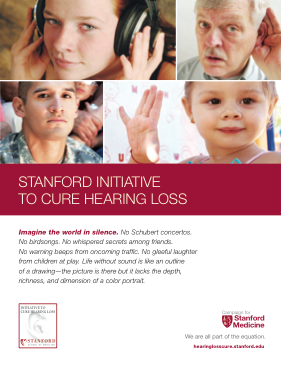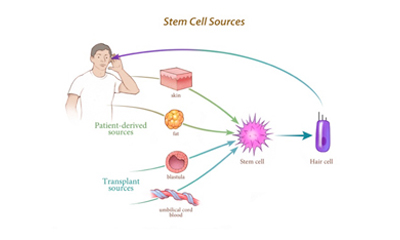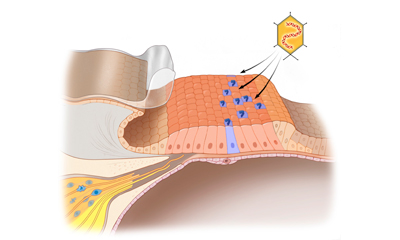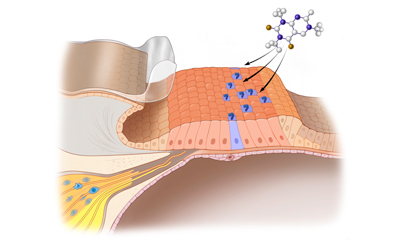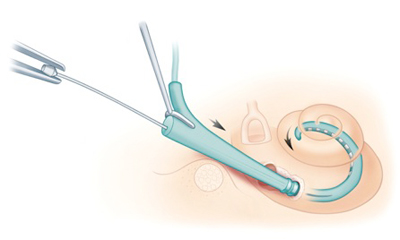Four Key Areas
Discovery and Delivery
- Stanford biomedical researchers continue to make rapid progress in understanding deafness and are designing and applying new insights in stem cell proliferation, regenerative medicine, bioengineering, nanotechnology, and other specialties to restore hearing.
- Since there is no way of knowing from which direction the answer may arise, all promising avenues of investigation will be explored until one or several approaches show the most pragmatic and workable solution.
- Progress will be achieved through partnerships and collaboration, coupled with breakthrough science and brilliant problem-solving. The back-and-forth dynamic of translational medicine has one concentrated focus: to find a way to cure —and prevent— hearing loss.
- Success will be determined by our ability to attract and retain the best and the brightest researchers and to ensure a collaborative environment that includes adequate space and essential resources.
The Research Team
The Initiative is led by 11 world-class researchers at the Stanford School of Medicine Otolaryngology-Head and Neck Surgery Department:
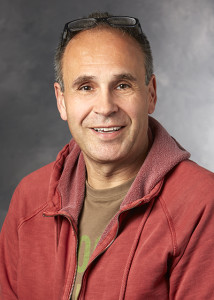
Stefan Heller, PhD
Professor
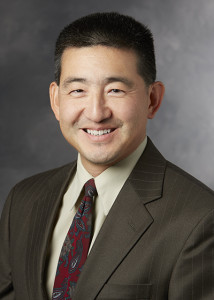
Kay Chang, MD
Associate Professor
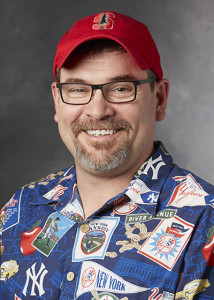
Anthony Ricci, PhD
Professor
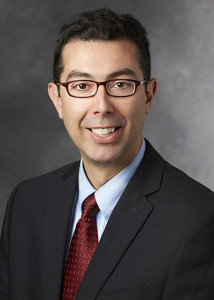
John S. Oghalai, MD
Associate
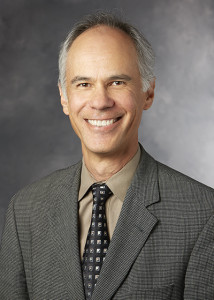
Nickolas H. Blevins, MD
Professor
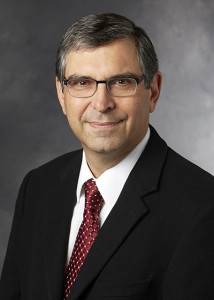
Robert Jackler, MD
Sewell Professor and Chair
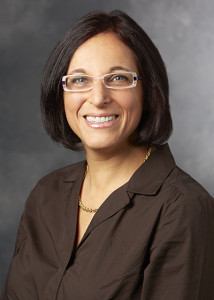
Mirna Mustapha, PhD
Assistant Professor
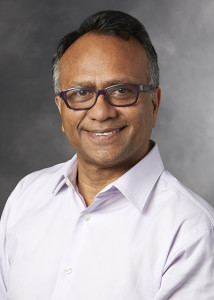
Sunil Puria, PhD
Consulting Professor
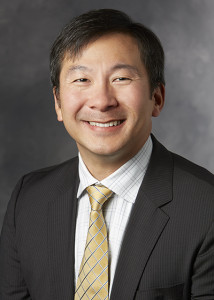
Alan G. Cheng, MD
Assistant Professor
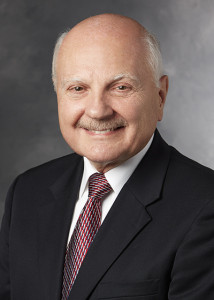
Gerald Popelka, PhD
Consulting Professor
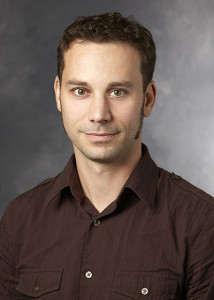
Nicolas Grillet, PhD
Assistant Professor
The Stanford Advantage: a Network of Collaboration
Stanford University Medical Center has a long tradition of leadership in discovery, innovation, and creative research. Its world-class hospitals dedicated to adult and pediatric care and its close proximity to allied programs throughout the university—including biology, physics, engineering, and computer science—allows investigators to interact and collaborate, participating in multidisciplinary programs with the potential for “outside-the-box” solutions that will lead to new therapies, technologies, and innovations.
By sustaining a research culture that encourages translational medicine—a close interrelationship between basic science investigators and the surgeons and physicians working directly with patients—Stanford continues to lay the groundwork for previously unimagined ways to treat and prevent disease.
SICHL expands on this environment of collaboration by strengthening an already well-established network of more than 50 scientists, engineers, and staff working to bridge the gap between scientific research and real-life medical applications.
They have direct access to state-of-the-art core imaging laboratory facilities, including confocal two-photon microscopy, optical coherence tomography, and advanced electrophysiology, as well as outstanding clinical programs in otology, audiology, neurology, and hearing assistance devices. This configuration sets the groundwork for easily transitioning promising bioscience research into real-life clinical trials.
Stanford’s internationally renowned stem cell program is at the forefront of addressing some of the great challenges of stem cells and regenerative medicine. As stem cell breakthroughs accelerate, scientists are generating a barrage of new biomedical information that is being accessed and analyzed from multiple perspectives. This work is opening the possibility of the regeneration of hair cells, and work in auditory restoration is years ahead of work taking place at other institutions.
